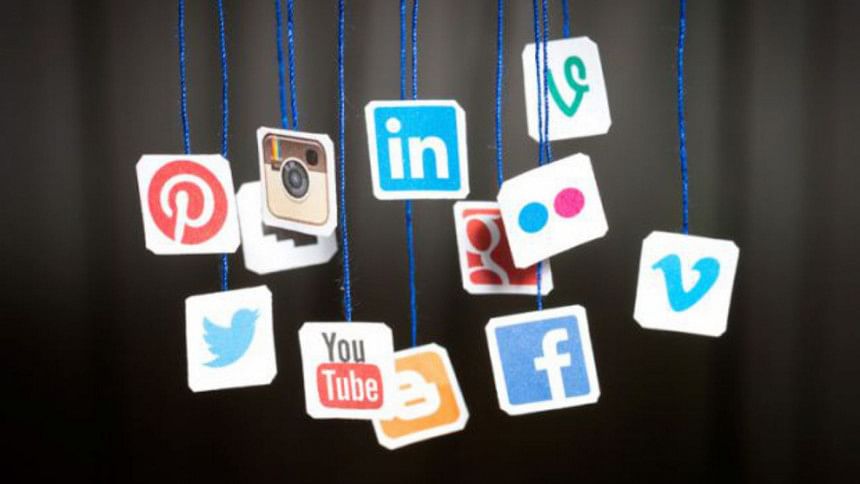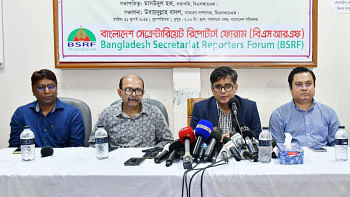Choking social media is not the answer

It's common knowledge that many opposition candidates were unable to campaign for themselves in the recently concluded elections due to several constraints unfairly imposed upon them. Denied space offline, the opposition devoted much of its resources online in a bid to reach out to voters.
In contrast to highly tilted campaigning favouring the ruling coalition seen on the ground, social media was more vibrant, abuzz with numerous posts, opposing or favouring a certain policy or party. Many influential Facebook users, with hundreds of thousands of followers, took a particular side. Ruling party sympathisers utilised social media to publicise the successes of the government and denounce the opposition for its past records. On the other hand, those supporting the opposition had to choose their words very carefully. Many vocal, prominent opposition supporters were those who live abroad or have resorted to using pseudonyms.
Over the years, the fear of reprisals has plagued social media, which is arguably one of the last few avenues for people to express their opinion freely. Not just people with strong political views, but even those who simply want to express grievances about a particular issue are using carefully crafted sentences, lest their wording evokes the ire of the powerful.
The extent to which people are exercising self-censorship on social media is extraordinary. And, it wouldn't be an overstatement to say that the palpable climate of fear is largely the result of actions by the government such as enacting draconian laws, going after noted critics and political opponents, using prosecution as a means of harassing people, and paving the way for greater surveillance.
But does suppression really work? Years of a heavy-handed approach towards dissent could not prevent protests for seemingly mundane issues such as road safety and quota in government jobs. Does this mean more intense and repressive techniques would have worked? Obviously not.
Both the major protests that the previous administration had to face were organised through Facebook. Students created Facebook groups which attracted hundreds of thousands of users, many of whom were motivated enough to turn up in offline protests.
While the government initially acknowledged the protesters' grievances, it later cracked down on them when they refused to vacate the streets. In its defence, the government argued that "rumours" and "fake news" fomented the protests and that it needed to intervene to restore order.
Such a notion was justified to an extent, but what the government failed to see was that the spreading of "rumours" and "fake news" was the direct result of its heavy-handed approach towards dissenting, independent voices.
The road safety protest for example was largely peaceful until August 4. Two days earlier, the police had filed cases against 29 people and news websites, accusing them of inciting protests. A warning letter was delivered to Ekattor TV by the information ministry for its coverage—a move that sent a message to other media outlets.
On August 4, the government shut down or significantly downgraded mobile internet service and threatened to block Facebook. The home minister warned that if protesting schoolchildren "crossed the limit" he would be compelled to take action.
Journalists and photographers covering the event were particular targets of goons believed to have ties with the ruling party. As such, there was a widespread perception that the mainstream media was blacking out the protests and wasn't reporting the real situation. That is when the protesters and the public began to find credence in wild rumours.
The more the government was perceived to be trying to suppress something, the more people became curious about it. This made for a perfect situation for some opportunists to spread wild rumours, further whipping up the protests. In contrast, had the government allowed the press to operate independently, the people's trust in the media, in general, wouldn't have eroded and the media would have been able to debunk fake reports.
There were similar experiences during the Tahrir uprising (or Arab Spring) in Egypt, one of the earliest and most prominent examples of social media-inspired protests. The largely peaceful demonstration turned violent when the authorities blocked Facebook and Twitter and began trying to curb it. Suppressing the means of communication does not only create suspicion but also induces fear, the mixture of which makes people more receptive of materials which they would otherwise have laughed off as made up.
The answer to public agitation or anger does not lie in severing modes of communication or disrupting the flow of information. As seen in the quota protest, what is needed is a sensible and reconciliatory approach by the authorities to alleviate the protesters' concerns. When the students were asked by the authorities to sit at the discussion table, they postponed their protest out of respect. When the government, albeit grudgingly, accepted their demands, not only did the students halt their protests but also congratulated the authorities.
Choking social media shouldn't be the approach to deal with those who hold different views. Such a move points towards a willingness to restrain people from voicing their opinions freely, and what that does in turn is foster even more resentment and anger among the public. Peaceful public protests and political expression on social media are well within the periphery of one's constitutional rights. Stifling online expression forces people to exercise self-censorship—which many, including journalists, have begun to do—and also cuts off the channels through which the government could have known about people's real grievances.
Nazmul Ahasan is a member of the editorial team at The Daily Star. His Twitter handle is: @nazmul_ahasan_.

 For all latest news, follow The Daily Star's Google News channel.
For all latest news, follow The Daily Star's Google News channel. 



Comments